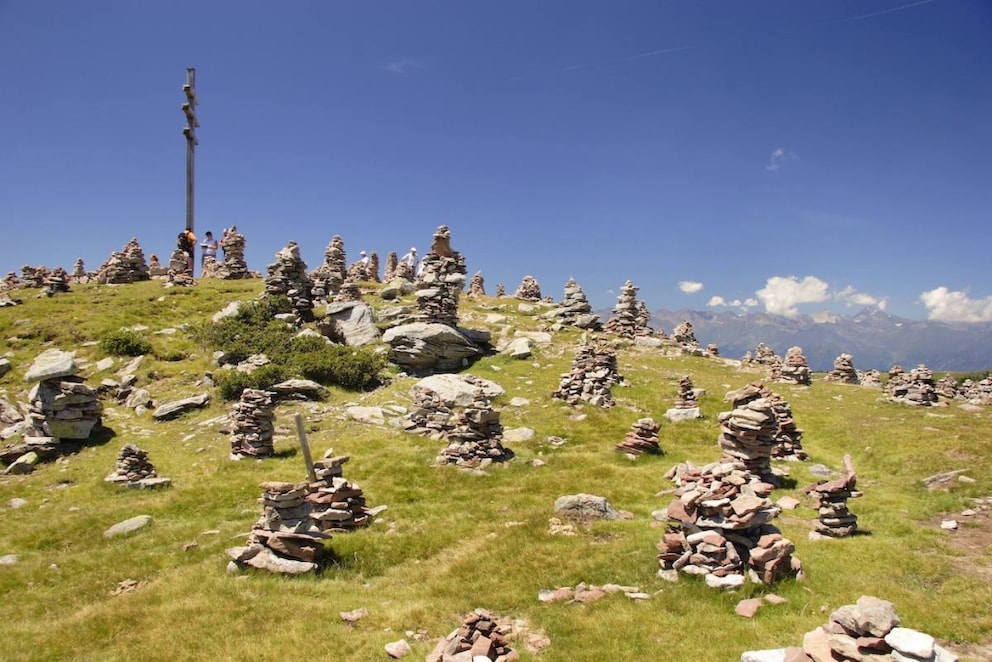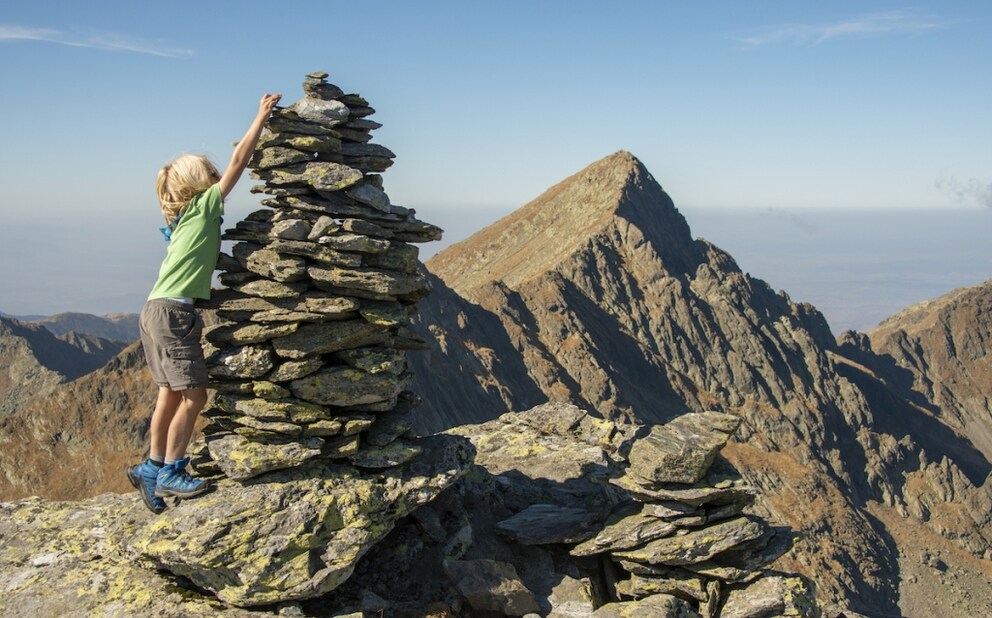February 24, 2025, 9:52 am | Read time: 4 minutes
You are sure to have come across neatly piled cairns on the side of the path when walking or hiking in the countryside. Nowadays, these are often used for orientation or as a place marker. However, in recent years, it has become increasingly common for holidaymakers to pile up stones in particularly beautiful places, which then end up as photo motifs on social networks. But experts warn against this. TRAVELBOOK explains the reasons.
Even in prehistoric times, man’s ancestors stacked stones, for example, to build shelters or store food. Over the course of time, there have been many different functional and cultural reasons for building stone towers in different regions of the world.
Overview
According to a report in the Lonely Planet, these were used to mark burial sites in cemeteries in Mongolia, for example. In Tibet, Buddhists used stone stacks for ceremonies to invoke good luck and balance energies. And before the invention of lighthouses, cairns warned sailors of the rugged fjords of Norway. And in the Sarntal Alps in South Tyrol, the so-called “Stoanernen Mandln,” a collection of numerous stone towers of various sizes, bears witness to this. These probably originate from 500-year-old rituals such as witches’ dances and devil’s festivals.

Stone Towers Often Found in US National Parks
In many US national parks today, stone towers continue to guide hikers along their paths. Sometimes, visitors erect stone towers on their own in particularly remote areas of the parks to show subsequent hikers the right way. Despite being prohibited, Michael Larson of the US National Park Service recommends in a Lonely Planet interview not to topple existing stone towers. This is because they can sometimes save the lives of disoriented hikers.
However, the trend that has become noticeable on social media in recent years has absolutely nothing to do with life-saving motives. There are almost 40,000 posts on Instagram alone under the hashtag #stonetower. Some photos apparently show existing stone towers in national parks and on hiking trails. The majority, however, are self-built “works of art” on beaches or in the mountains, which are primarily intended to fulfill one purpose: To generate likes.
What may seem like a harmless leisure activity at first glance can, however, have serious consequences. According to the official website of the South African National Parks, moving the stones can disturb or even destroy the ecosystems underneath. This is because many animals find shelter underneath to live, reproduce, or hide from predators. “Moving and stacking stones can disturb the natural habitat of micro-organisms. On the rocky coast, these organisms, such as crustaceans, mollusks, and algae, rely on the rocks and other structures around them for shelter,” the report states.
Similarly, the piling up of stones can also have a negative impact on insects and mosses in wilderness areas. Furthermore, moving stones of any kind contributes to soil erosion. This is because the soil that was once protectively hidden under the stones can now be washed away.

Further Negative Effects of Building Stone Towers
On the one hand, seemingly carelessly stacked stones pose a danger, especially in mountainous areas. If these stone towers topple over, they can injure other hikers or even trigger major landslides.
On the other hand, the cultural aspect should not be neglected. The South African National Parks website states, “Many people visit rocky coastlines or wilderness areas to experience their natural beauty and tranquility. Constructing rock piles can change the natural beauty of the area and may be viewed as vandalism or desecration of a cultural or natural heritage.”

Underrated Travel Destination This Country in Europe Is Still a Well-Kept Secret for Nature Lovers

Awarded by Lonely Planet Three of the Best Beaches in the World Are in Europe

TRAVELBOOK AWARD 2024 This German national park is one of the best in the DACH region
Removal Is Not a Solution Either
In view of the many stone tower posts on Instagram and TikTok, it seems that the problem has not yet reached everyone. Colorado-based stone stack artist Michael Grab, who calls himself “Gravity Glue” on Instagram and has almost 90,000 followers, at least thinks he has found a solution. “I dismantle everything when I’m done to close the loop,” he tells Lonely Planet. Critics, however, note that even picking up a single stone could irreversibly damage habitats. It would be better to stop building stone towers altogether — and enjoy those that have been around for centuries.


